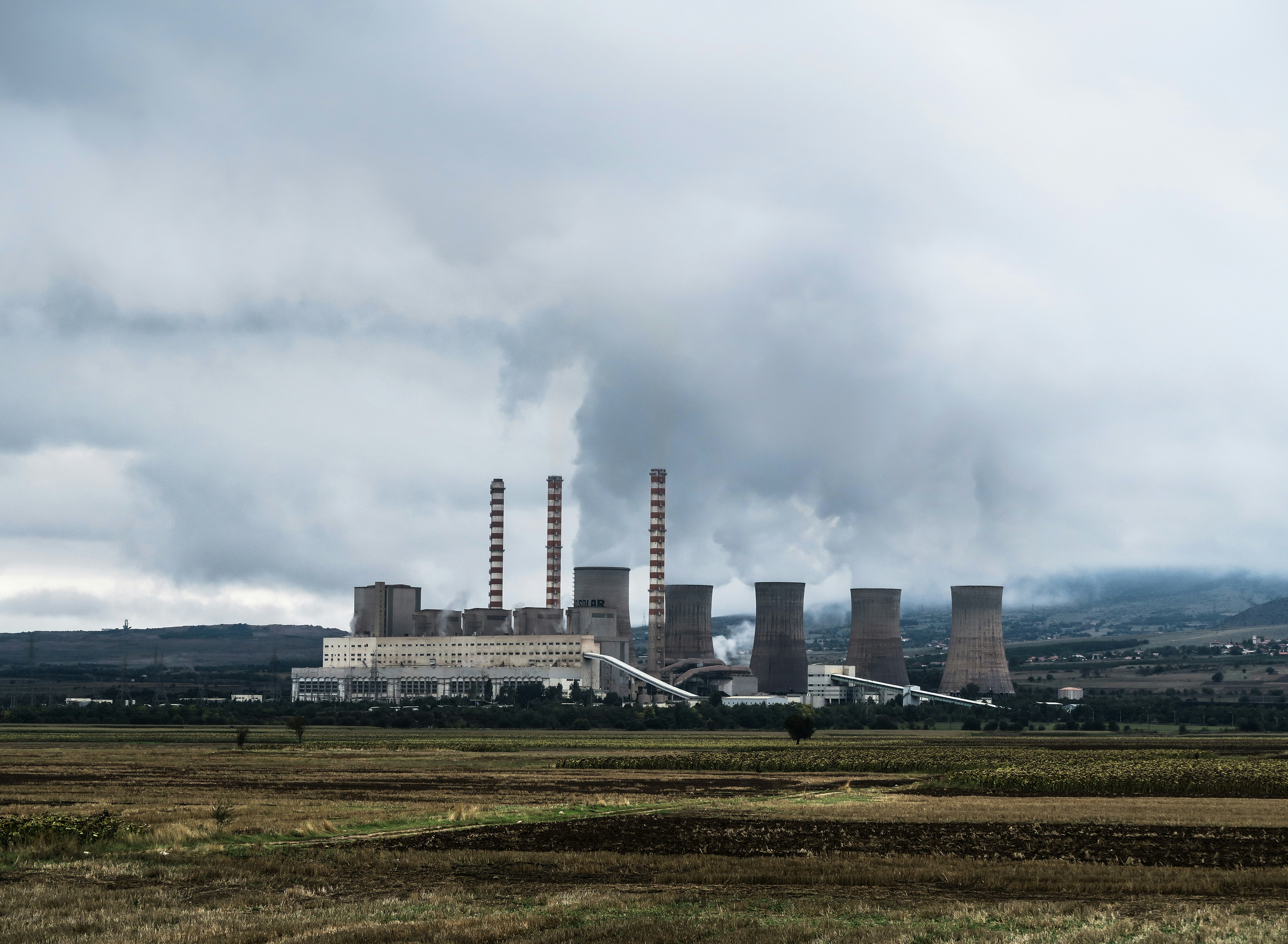
This is proof that direct protest action works.
The US Army Corps of Engineers has decided to not grant permission to allow the Dakota Access pipeline to be built as planned. The pipeline was meant to go through burial lands of the Standing Rock Sioux which is offensive in itself, but there’s more to it. The pipeline would have also greatly harmed the local ecosystem and drinking water. In the event of a spill (and pipelines spill all the time) the damage to the natural environment and to people would be epic.
Despite these risks, Energy Transfer Partners and the Army Corps of Engineers will continue to try to build the pipeline elsewhere. Of course this recent development will make it harder to do so and the protestors will continue to fight big oil for the average person’s right to clean water. What’s more, is that the economic argument for pipelines is weak at best.
The Army Corps of Engineers will not grant the permit for the Dakota Access pipeline to drill under the Missouri river, the army announced on Sunday, handing a major victory to the Standing Rock Sioux tribe after a months-long campaign against the pipeline.
…
The announcement came just one day before the corps’ deadline for thousands of Native American and environmental activists – who call themselves water protectors – to leave the sprawling encampment on the banks of the river. For months, they have protested over their fears that the pipeline would contaminate their water source and destroy sacred sites, and over the weekend hundreds of military veterans arrived at the camps in a show of support for the movement.


